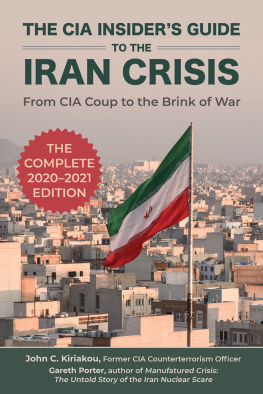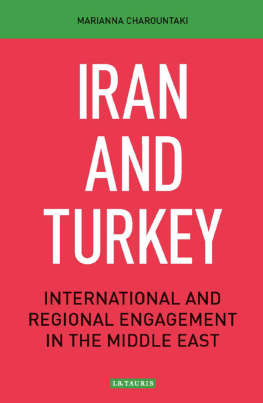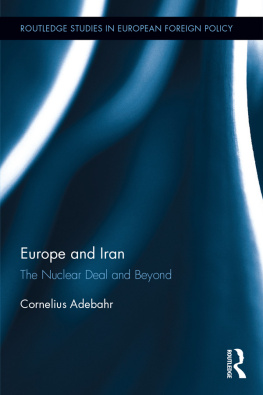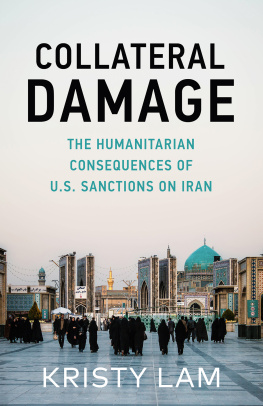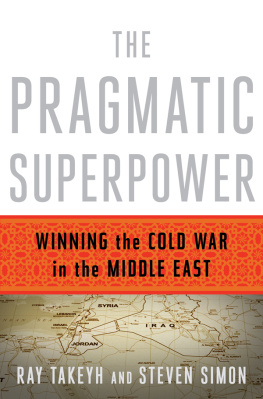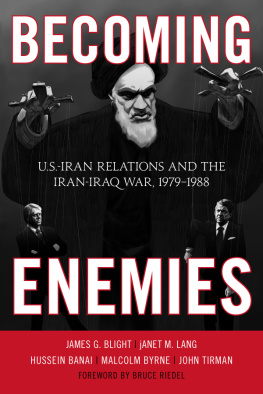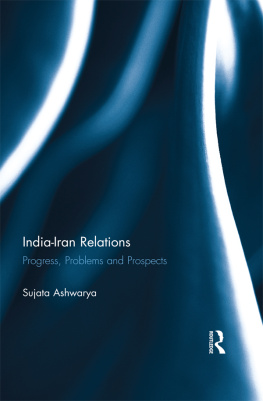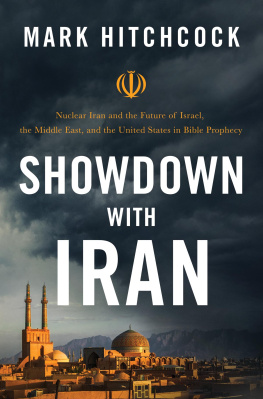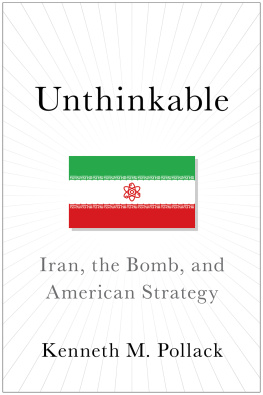

Copyright 2020 by John C. Kiriakou
All Rights Reserved. No part of this book may be reproduced in any manner without the express written consent of the publisher, except in the case of brief excerpts in critical reviews or articles. All inquiries should be addressed to Skyhorse Publishing, 307 West 36th Street, 11th Floor, New York, NY 10018.
Skyhorse Publishing books may be purchased in bulk at special discounts for sales promotion, corporate gifts, fund-raising, or educational purposes. Special editions can also be created to specifications. For details, contact the Special Sales Department, Skyhorse Publishing, 307 West 36th Street, 11th Floor, New York, NY 10018 or .
Skyhorse and Skyhorse Publishing are registered trademarks of Skyhorse Publishing, Inc., a Delaware corporation.
Visit our website at www.skyhorsepublishing.com.
10 9 8 7 6 5 4 3 2 1
Library of Congress Cataloging-in-Publication Data is available on file.
ISBN: 978-1-5107-5609-0
eBook: 978-1-5107-5616-8
Cover design by Kai Texel
Printed in the United States of America
Table of Contents
Authors Note
All statements of fact, opinion, or analysis expressed are those of the authors and do not necessarily reflect the position or views of the Central Intelligence Agency or any other US Government agency. Nothing in the contents should be construed as asserting or implying US Government authentication of information or Agency endorsement of the authors views. This material has been reviewed by the CIA to prevent the disclosure of classified information.
Preface
A FTER FORTY YEARS OF UNREMITTINGLY OFFICIAL U.S. hostility toward the Islamic Republic of Iran through seven different administrations, the United States is closer than ever before to war with Iran. After a nuclear agreement with Iran that appeared to offer a chance for a softening of U.S.-Iran conflict in 2015, the Trump administration has turned the clock back to the days of the George W. Bush administration, when Vice-President Dick Cheney and his neoconservative staff were dead set on attacking the Islamic Republic.
In fact, the risk of war with Iran is now far more serious than it was during those dangerous days of Bush-Cheney policy toward Iran. Like Bush, Trump himself doesnt want to go to war, but he has allowed to a team of extreme right-wingers with ties to Israels Likud Party and the Christian Zionists to take over the formulation of U.S. Iran policy. Their strategy was aimed at entangling Trump in a war with Iran, and they came very close to succeeding in 2019.
Trump managed to dodge that threat, but to step back from the brink of war, he must go further to address the real ticking time bomb of his administrationthe attack on Irans right to export its oil to its long-time customers across Europe and Asia. Iran cannot and will not accept that U.S. aggression, and eventually it will take action that would likely trigger an escalation that quickly turn into U.S.-Iran War. That war could spread across the entire Middle East and bring chaos in its wake.
This book explains clearly and in detail for the first time why the present U.S. Iran policy represents a very serious threat to Americans and how and how the United States got itself into such a situation. It shows how the U.S. policy toward Iran going all the way back to the CIAs overthrow of Iranian Prime Minister Mohamed Mossadegh in 1953 has remained mired in a stubborn insistence on denying Irans most basic rights as an independent nation-state. And it explains how U.S. policy has fallen prey to false narratives about both the nuclear issue and Irans support for terrorism and destabilization of the Middle East that must be corrected in order to find a path out of the present morass of U.S. Iran policy.
We have come to this task from different pathsJohn from being a covert CIA operations veteran who resisted pressure to go along with the Agencys post-9/11 torture program, Gareth from long years as an independent journalist investigating false narratives surrounding U.S. Iran policy as well as Americas wars. We are united in hoping that this book will contribute to greater public understanding of the need for fundamental change in the present policy and for making peace with Iran.
1. From CIA Coup to Islamic Republic
Before the Americans: Irans Encounter with Imperialism
O NE OF THE REASONS THE UNITED States has stumbled into disastrous wars over the past half century is the ignorance of successive generations of policymakers about the nations they have sought to subdue. U.S. officials have systematically failed to understand the force of their adversaries nationalism and the importance of their historical memories of resistance to imperialism.
The importance of that factor could hardly be clearer in the case of Iran, which is one of the oldest nations on earth with the strongest feelings of nationalism and resentment of foreign domination. Archeological finds from northern Iran date from the fifth millennium BC, and through the Median, Archaemenid, Seleucid, Parthian, and Sasanian empires document the cultural sophistication and proud history of the Persian people. The Iranian national identity was so well-established by the time of the poet Ferdowsis tenth century epic Shahnameh that it referred explicitly to Iran more than a thousand times.
Iran has a very long history of being victimized by aggressive imperialism on the part of both Russia and Britain. Between 1804 and 1813, and again from 1826 to 1828, Czarist Russia invaded Iran and seized what became the present-day Russian republic of Dagestan, as well as what have become the independent nations of Georgia, Armenia, and Azerbaijan. Russia imposed economic domination on Iran through the Treaty of Turkomanchai in 1828, which took way Irans power to set tariffs and allowed Russia to obtain a wide range of economic concessions and colonial privileges from the corrupt Qajar dynasty.
The British and other European powers later demanded the same rights. Import duties on consumer goods were set so low as to allow foreign goods to flood the Iranian market. The Iranian consumer goods industry collapsed, and Irans trade balance was in crisis. In response the Iranian court and its landowning allies rapidly converted land previously devoted to subsistence food crops to cash crops for export. The primary such new cash crop was opium, which had become the leading Iranian cash crop by the 1870s. It was after that shift from subsistence to cash crops that the Great Famine of 1870-72 occurred, causing as many 1.5 million Iranians deaths15 to 25 percent of the population. Historians have debated the relative importance of different causes of that death toll, in part because landowners, merchants and bureaucrats hoarded grain supplies to amass fortunes. Nevertheless, it is widely believed by Iranians that the loss of control over the Iranian economy to imperialist powers, through their hold on a weakened Qajar royal court, was a major factor in the ferocity of the famine.
The British took advantage of the feeble Qajar dynasty to turn most of Iran into what the British considered a semi-colonya colony in all but name. In 1972, the Qajar ruler, Nasir al-Din Shah, gave Baron Julius de Reuter (the founder of Reuters News Agency) control over most of Irans mines, all of its railway construction, its irrigation networks and other agricultural and industrial projects in Iran. And in 1890, a British military officer obtained monopoly control over all production, sale and export of Irans tobacco crop, impoverishing Iranian producers. The tobacco monopoly provoked a remarkable demonstration of political resistance in 1891, when Iranians stopped using tobacco almost completely in response to a religious edict, forcing the Shah to rescind the concession.
Next page
